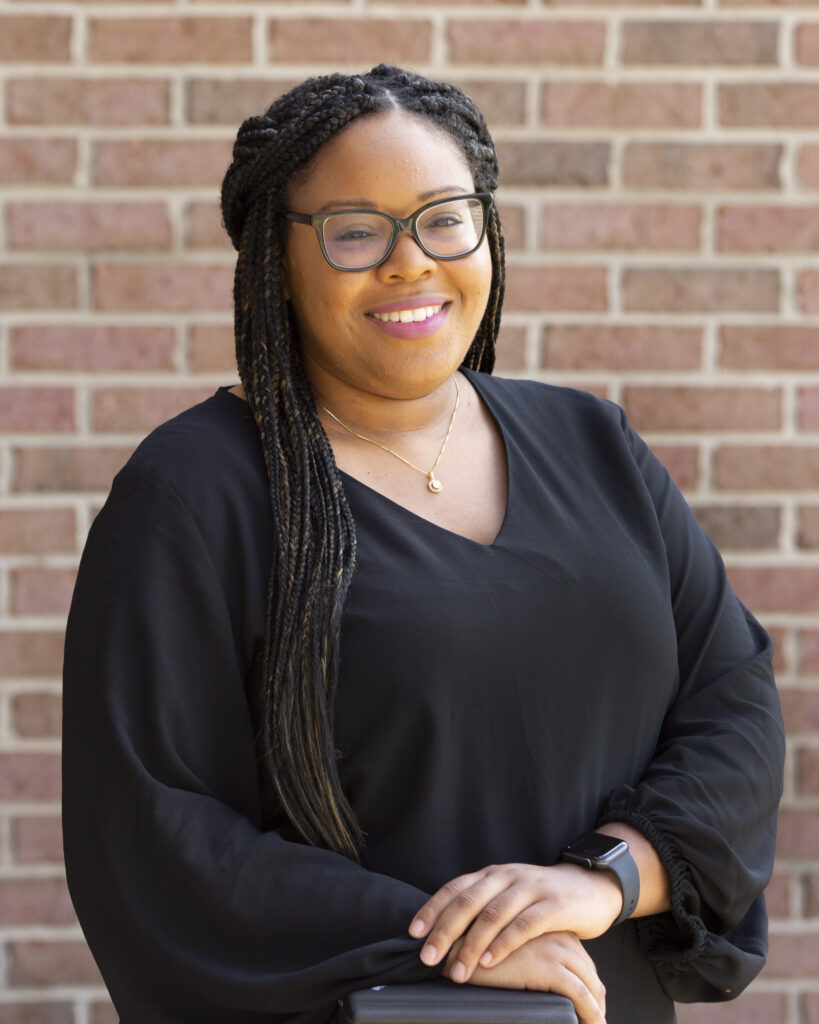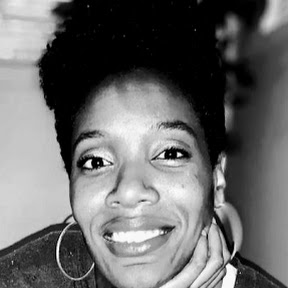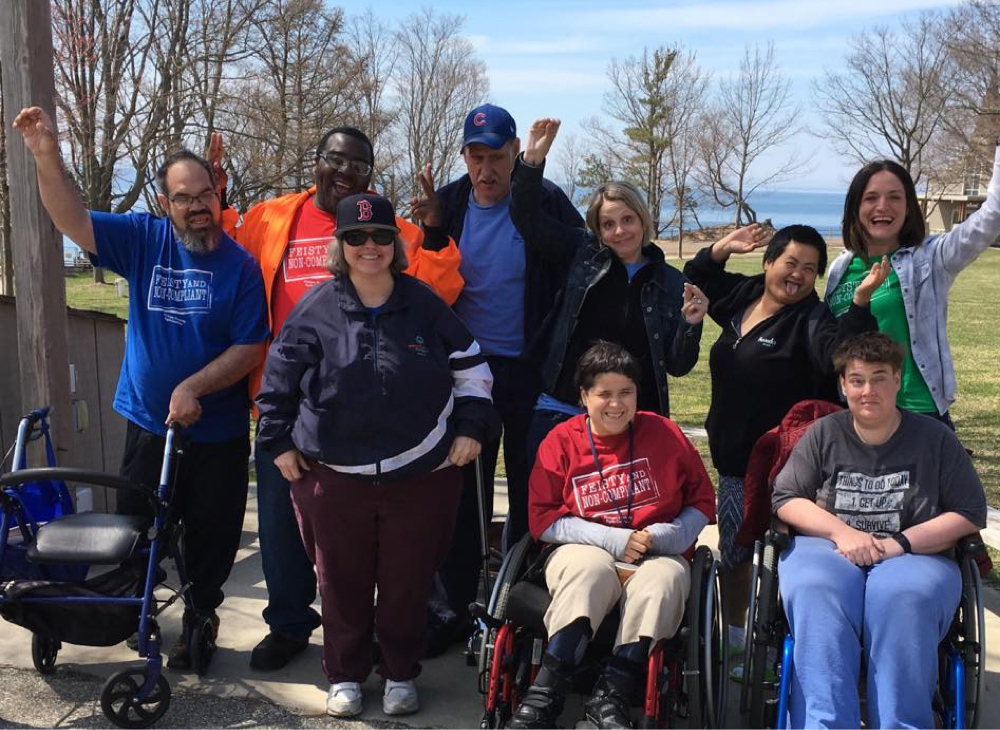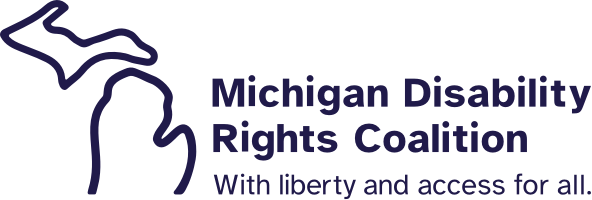
LEAD Program
Leadership Engagement and Advocacy Development
Empowering people of color with disabilities and their parents through training and engagement opportunities.
The LEAD program provides communities of color with increased access to disability education and resources to account for the significance of institutionalized oppression and white supremacy on their outcomes.
LEAD Program
Leadership Engagement and Advocacy Development
Empowering people of color with disabilities and their parents through training and engagement opportunities.
The LEAD program provides communities of color with increased access to disability education and resources to account for the significance of institutionalized oppression and white supremacy on their outcomes.
Strategic Priorities

Building Efficacy and Capacity
Build the efficacy and capacity of MDRC to be a leader in the development and implementation of work to dismantle institutionalized white supremacy and cultivate a culture of equitable transformation for the sector.

Cultivate and Strengthen
Cultivate and strengthen individuals, through relationship-based activity and topic-based workshops, to serve as advocates for themselves and others.

Enhance Visibility
Enhance the visibility of people of color in disability rhetoric, training, and storytelling.
Strategic Priorities
Building Efficacy
and Capacity
Build the efficacy and capacity of MDRC to be a leader in the development and implementation of work to dismantle institutionalized white supremacy and cultivate a culture of equitable transformation for the sector.
Cultivate and Strengthen
Cultivate and strengthen individuals, through relationship-based activity and topic-based workshops, to serve as advocates for themselves and others.
Enhance
Visibility
Enhance the visibility of people of color in disability rhetoric, training, and storytelling.

Visit Our Video Library
Learn more about conversations at the intersection
of disability by checking out our video library.
Disability Identity
Visit Our Video Library
Learn more about conversations at the intersection of disability by checking out our video library.
LEAD Program Staff

Ajaunè Thomas

Feliece Turner
![[Image description: a latina woman with long dark blue hair. Priscilla is looking directly at the camera, smiling. She is wearing black framed glasses. End of image description.]](https://mymdrc.org/wp-content/uploads/2023/11/1737904992837795243.jpg)
Priscilla Cano

Tameka Citchen-Spruce

Ajaunè Thomas

Feliece Turner
![[Image description: a latina woman with long dark blue hair. Priscilla is looking directly at the camera, smiling. She is wearing black framed glasses. End of image description.]](https://mymdrc.org/wp-content/uploads/2023/11/1737904992837795243.jpg)
Priscilla Cano

Tameka Citchen-Spruce
Our Funding
LEAD was established by funding from the Michigan Developmental Disabilities Council. LEAD work is currently funded by the Michigan Developmental Disabilities Council and the Centers for Disease Control in partnership with Community Catalyst.
Donate
MDRC is partnered with
Network For Good.
Network For Good allows you
to choose how and when to donate.

Donate
MDRC is partnered with
Network for Good.
Network for Good allows you
to choose how and when you donate.






